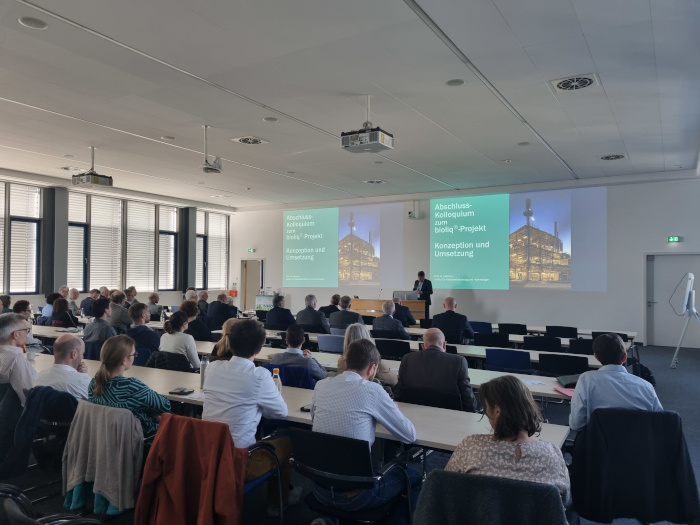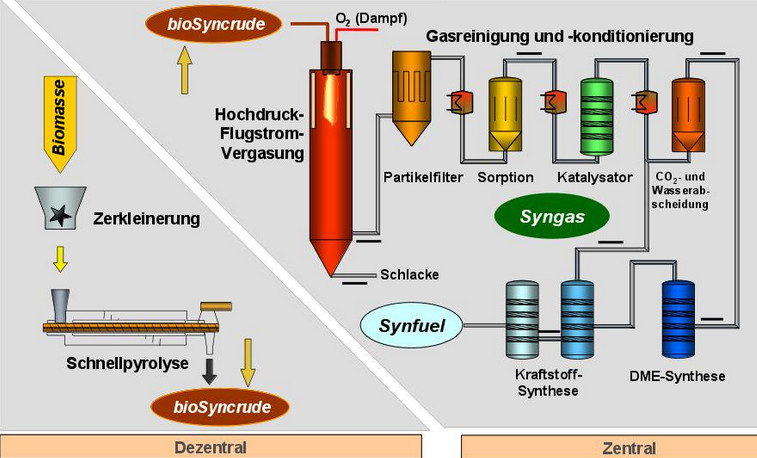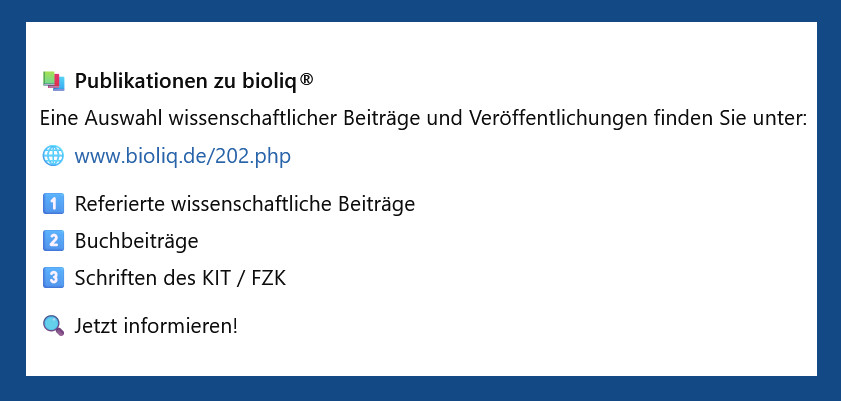Twenty years ago, one of the most ambitious projects for the production of synthetic fuels from residual biomass was launched: bioliq® has set standards, mastered challenges and achieved important milestones. In this interview, project manager Prof. Nicolaus Dahmen looks back on the history and current relevance of the project.
Prof. Dahmen, when you look back on over two decades of bioliq today: What does this project mean to you personally?
The bioliq project means a lot to me personally. It was a special experience to be able to accompany the entire process - from the conception, acquisition of funds, construction and commissioning through to the phase in which everything worked and results became visible. Bioliq stands for much more than just a plant - it was embedded in a research network with which we were able to really advance the topic. That's why I look back with more laughter than tears.
Tell us about how the idea for the project came about - back in the late 1990s in the so-called "Strohkränzchen" - and what the original motivation was!
Back then, climate change wasn't so much of a priority. It was mainly about security of supply and more independence in energy supply. It soon became clear that first-generation biofuels, such as bioethanol and biodiesel, would never be sufficient to meet demand in the transportation sector. We still use these fuels as an admixture today, but only to a limited extent. In the "Strohkränzchen" project, we therefore took a systematic look: What residual materials that are not in competition with food production actually exist and in what quantities are they available. And the result was clear: yes, there is considerable potential. And this led to the idea for the bioliq process.
Many years passed between the ground-breaking ceremony for the bioliq plant in 2005 and the first finished petrol in 2017. What were the biggest hurdles - and successes?
Yes, that sounds like a long time - and it was. But there are two main reasons for this. Firstly, the funding for the individual plant components was approved in several successive applications. Each application had to be developed, submitted and approved - which inevitably led to a time lag. In addition, each of these plants in the bioliq process chain - from fast pyrolysis through synthesis gas production and purification to fuel synthesis - had to be tested and commissioned individually before the overall system could be operated on a continuous basis. Commissioning such pilot plants always involves a great deal of effort. Although the bioliq pilot plant is large, it is not an industrial production plant, but a complex research setup. We have implemented processes on a pilot scale that no one had ever operated in this form before. Many things worked in the laboratory - but you inevitably learn as you scale up. And this learning curve takes time. The fact that in the end we really succeeded in producing a high-quality fuel from straw was a great success - conceptually, technically and organizationally.
Why was petrol of all things chosen as the end product - and not diesel or kerosene?
The original plan was only to use the resulting synthesis gas. But they wanted to create a tangible end product - also to evaluate the product's suitability for everyday use. Gasoline was chosen because there was still great potential for development in the field of modern gasoline engines at the time, for example in the area of high-pressure direct injection, which cannot be easily achieved with conventional gasoline. This requires a particularly high-quality synthetic gasoline - and that is exactly what we wanted to supply.
Bioliq is also an example of successful accompanying research. How do you explain the large number of research projects that have emerged from it?
I think a key success factor was the location of the project at KIT. This is where university teaching and large-scale research by the Helmholtz Association meet - this creates ideal conditions for interdisciplinary collaboration. The proximity of the researchers to the facility made many things easier: it was comparatively easy to set up thematically appropriate funding projects, to attract students for final theses or to inspire doctoral students. The environment was just right - and looking back, it is clear how fruitful this was.
What will it take for technologies like Bioliq to be implemented on a large scale in the future? And why did this successful project have to end anyway?
A viable business model is crucial for any commercial technology - including bioliq. Initially, there was still a tax exemption for biofuels, which expired in 2015. From then on, the road became much rockier. Nevertheless, we continued the project as the process chain had not yet been fully developed and demonstrated. However, recycling strategies investigated in parallel showed that commercial implementation of the process would not be economical under the current framework conditions. Operations were therefore discontinued at the end of 2024 and the project was completed. However, research into the underlying key technologies will continue on a smaller scale in the Carbon Cycle Lab of the Energy Lab at KIT.
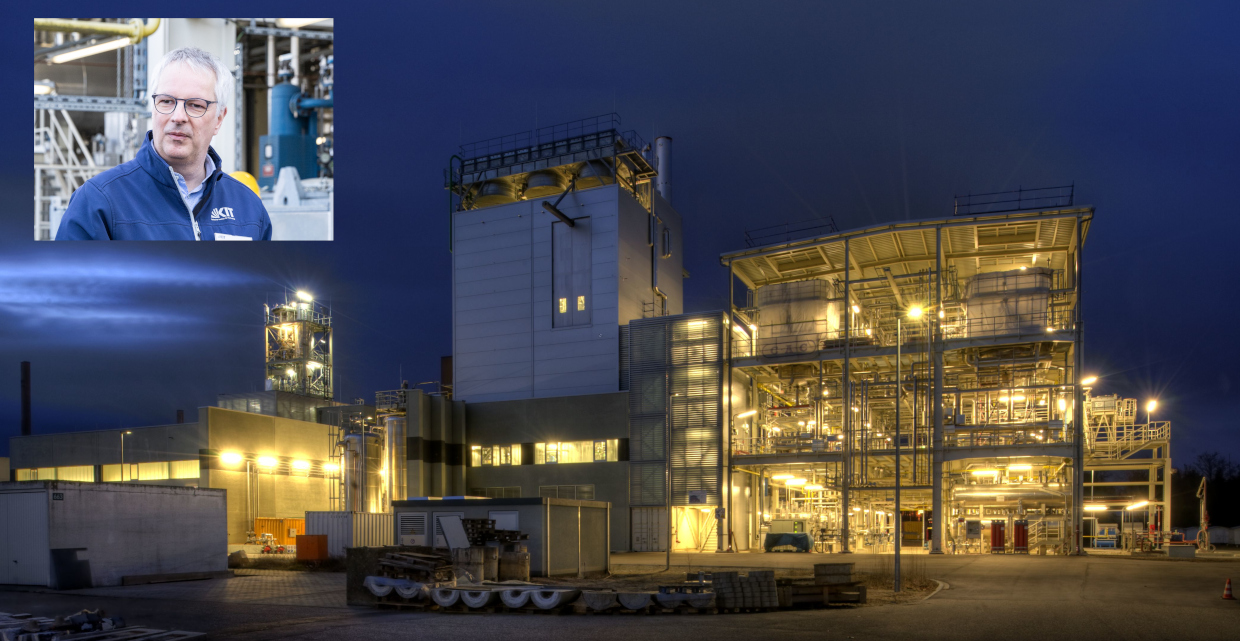
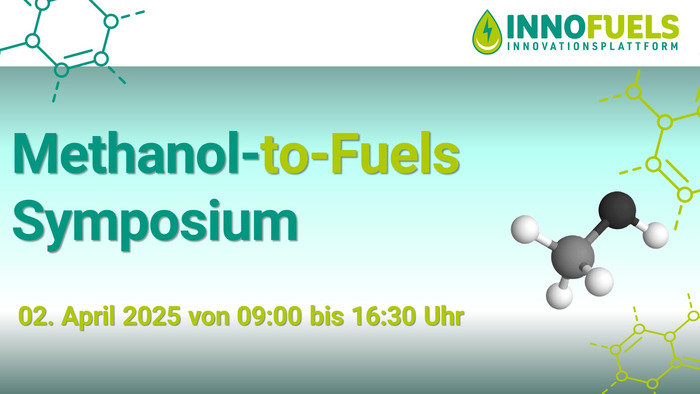
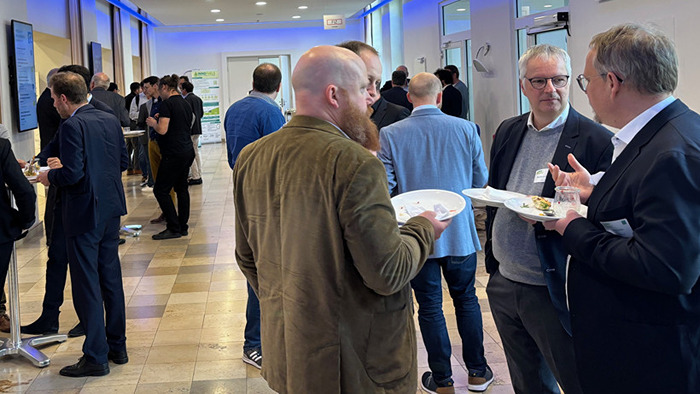
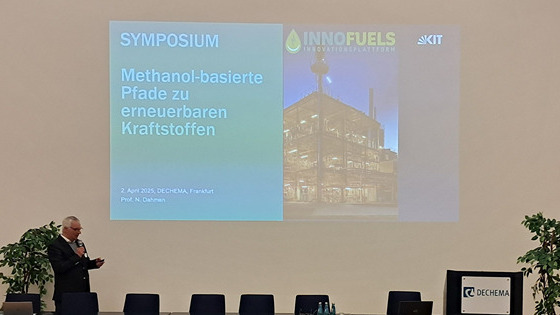
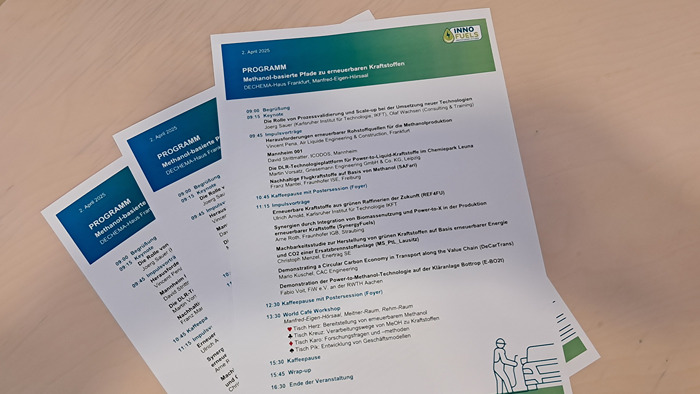
%20KIT_Markus%20Breig%20und%20Amadeus%20Bramsie-3.jpg)
